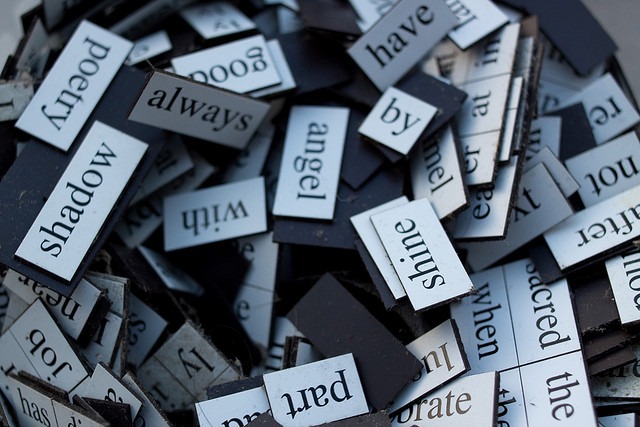What is dialogue?
Dialogue is not just quotation. It is grimaces, pauses, adjustments of blouse buttons, doodles on a napkin, and crossings of legs.” – Jerome Stern, Making Shapely Fiction
Not all of the following are used together, however, dialogue consists of four main elements:
- Spoken words – the direct speech or the words within the quote marks.
- Speech tags – the words that tell the reader who is speaking and how they are speaking.
- Actions of the speaker – a description of the speaking character’s actions before, during and after speech.
- Thoughts or emotional state of the speaker – a description of the speaking character’s emotional state before, during and after speech.

When characters start talking to each other, the story comes to life. A reader can gain a far deeper understanding of a character through their words and actions than they can from the narrative text. A couple of sentences of dialogue can reveal much about the background of a particular character. Are they wealthy or poor? What is their country of origin? Have they been well-educated? Are they feeling happy or sad? All of these questions can be answered with effective dialogue.
What should dialogue do?
- Reveal emotions
- Draw the reader into the characters’ lives
- Show the reader how the character reacts to different situations, such as pressure, intimacy, hate, love or fear
- Move the story forward – every piece of dialogue should have a purpose
- Hint at or tell of coming events
- Give balance to a story after a long section of narrative
- Increase the pace of the story
- Contribute humour
- Reflect the changes in emotions and lifestyle of your characters
What should dialogue not do?
- Summarise action that could otherwise be exciting
- Force-feed information to the reader – tell a character something they would already know, purely to fill in background to the reader
- Act as padding to achieve a word count
- Ramble on without the characters learning anything knew or achieving something
- Sound exactly like real speech, with interruptions, rambling, repetitions and stutters, although these have their place.

Tips for Writing Dialogue
Remember, most people speak quite simply. If you dress up a character’s speech too much it will sound unrealistic.
If you are using dialogue — say it aloud as you write it. Only then will it have the sound of speech.” – John Steinbeck
Better yet, grab a few friends and act it out, taking note of the speech tags and the actions of the speaker. This can be very entertaining and you’ll be able to see very quickly where your dialogue falls down.